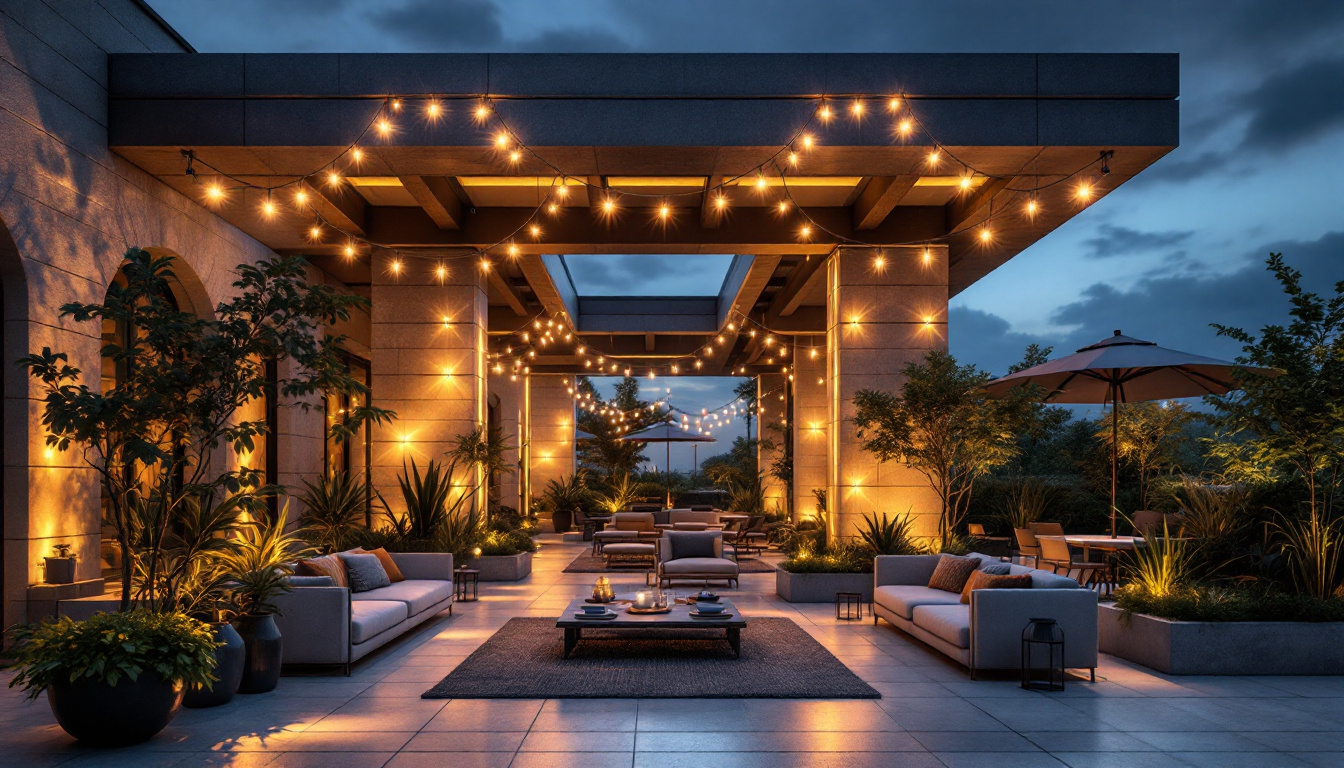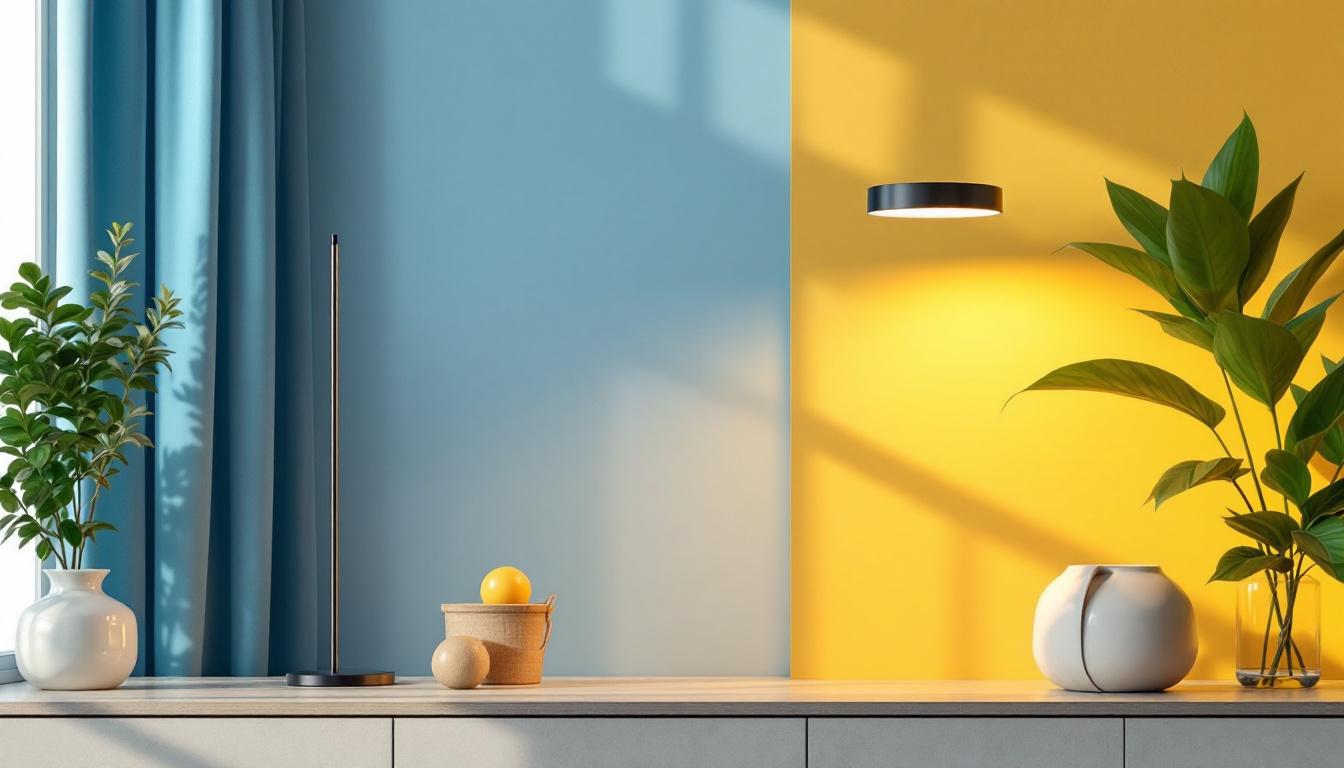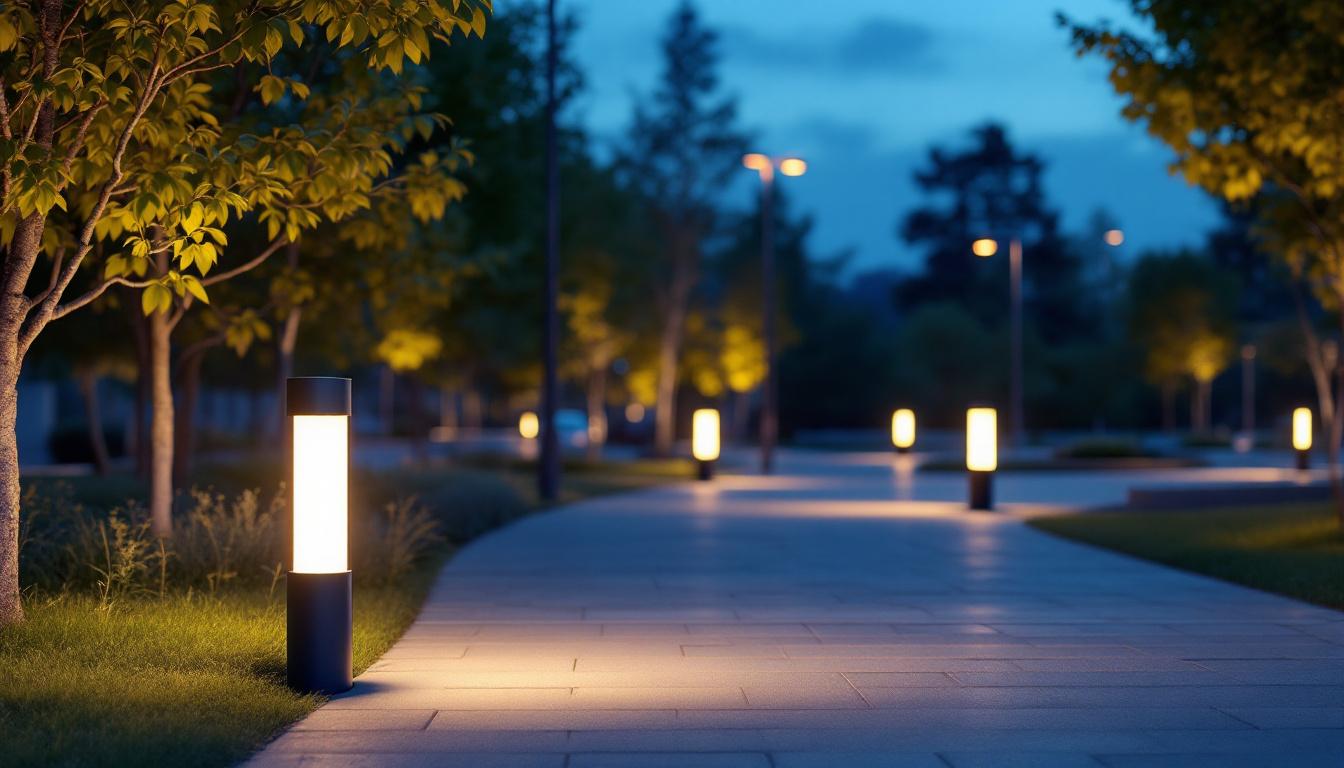
Outdoor lighting is an essential aspect of landscape design and functionality. For lighting contractors, understanding the nuances of house lighting outdoors can significantly enhance the quality of work and client satisfaction. This article delves into critical tips that every lighting contractor should consider when planning and executing outdoor lighting projects.
Before diving into the specifics of installation and design, it’s vital to grasp the primary purposes of outdoor lighting. Outdoor lighting serves various functions, including safety, security, aesthetics, and usability.
One of the foremost reasons for installing outdoor lighting is to improve safety. Well-lit pathways, driveways, and entryways reduce the risk of accidents, especially during nighttime. Additionally, strategically placed lights can deter potential intruders, providing a sense of security for homeowners.
When planning lighting for safety, it’s essential to consider the placement and brightness of lights. Path lights should be evenly spaced, illuminating the ground without creating harsh shadows. Motion-sensor lights can also be effective in enhancing security, as they activate when movement is detected. Furthermore, incorporating lights near garages, backyards, and entry points can create a comprehensive security system that not only protects the property but also gives peace of mind to residents.
Outdoor lighting is not just about functionality; it also plays a crucial role in enhancing the aesthetic appeal of a property. Properly designed lighting can highlight architectural features, illuminate gardens, and create inviting outdoor spaces for gatherings.
Using a combination of ambient, task, and accent lighting can help achieve a balanced and visually appealing outdoor space. For instance, soft ambient lighting can create a warm atmosphere, while accent lights can draw attention to specific landscape elements like trees or sculptures. Additionally, the use of color-changing LED lights can add a dynamic element to outdoor spaces, allowing homeowners to adjust the mood for different occasions, from festive gatherings to quiet evenings under the stars. By thoughtfully layering different types of lighting, one can transform an ordinary backyard into a stunning retreat that is both functional and visually captivating.
The selection of lighting fixtures is a critical component of outdoor lighting design. The right fixtures not only contribute to the overall aesthetic but also ensure functionality and durability. A well-thought-out lighting scheme can enhance the beauty of a landscape while providing safety and security for outdoor spaces.
Outdoor lighting fixtures must withstand various weather conditions, from rain to snow to intense sunlight. Therefore, choosing materials that are resistant to corrosion and fading is paramount. Stainless steel, brass, and high-quality plastics are excellent choices for outdoor fixtures. Each material has its unique advantages; for instance, brass develops a natural patina over time, which can add character and charm to the outdoor environment, while stainless steel offers a sleek, modern look that complements contemporary designs.
Additionally, consider the fixture’s finish. Matte finishes tend to show less dirt and are more resistant to the elements compared to shiny finishes. This choice can significantly affect the longevity and maintenance of the fixtures. Furthermore, it’s essential to think about the design and style of the fixtures, as they should harmonize with the architectural elements of the home and the surrounding landscape. Selecting fixtures that blend seamlessly with the environment can create a cohesive look that elevates the overall appeal of the outdoor space.
With the growing emphasis on sustainability, lighting contractors should prioritize energy-efficient options. LED fixtures are an excellent choice due to their low energy consumption and long lifespan. They provide ample brightness while reducing electricity costs, making them an attractive option for homeowners. In addition to being energy-efficient, LEDs are available in various color temperatures, allowing homeowners to customize the ambiance of their outdoor areas, from warm and inviting to bright and energizing.
Moreover, incorporating solar-powered lights can be an eco-friendly solution for areas where wiring may be challenging. These lights harness solar energy during the day and illuminate at night, offering an efficient lighting solution without the need for extensive installation. Solar lights come in various styles and designs, from pathway lights to decorative lanterns, making them versatile for different outdoor settings. Additionally, many solar lights now feature advanced technologies, such as motion sensors and adjustable brightness settings, further enhancing their functionality and appeal. This combination of aesthetics and sustainability not only benefits the environment but also provides homeowners with a cost-effective lighting solution that requires minimal maintenance.
A well-thought-out lighting layout is crucial for achieving the desired effect and functionality. Lighting contractors should take the time to plan the layout meticulously, considering both the practical and aesthetic aspects.
Before installation, creating a detailed map of the outdoor space can help visualize the lighting plan. Identify key areas that require illumination, such as walkways, patios, and gardens. This mapping process allows for a comprehensive understanding of how light will interact with the environment.
Consider the natural features of the landscape as well. Trees, shrubs, and architectural elements can all influence the placement of lights. By mapping out the space, contractors can ensure that the lighting enhances these features rather than detracting from them.
Layering different types of lighting can create depth and interest in outdoor spaces. Combining ambient, task, and accent lighting allows for a more dynamic and versatile environment. For example, ambient lighting can provide overall illumination, while task lighting can be focused on specific areas like outdoor kitchens or seating areas.
Accent lighting can highlight unique features, such as a beautiful tree or a water fountain, adding a touch of drama and elegance to the landscape. By layering light, contractors can create a visually appealing and functional outdoor space that meets the client’s needs.
The color and temperature of light can significantly influence the mood and ambiance of an outdoor space. Understanding how to manipulate these elements can enhance the overall lighting design.
Warm white lights (around 2700K to 3000K) create a cozy and inviting atmosphere, making them ideal for patios and entertaining areas. In contrast, cool white lights (4000K to 5000K) provide a more modern and energetic feel, suitable for task-oriented spaces like driveways and pathways.
Contractors should discuss with clients their preferences for light color and temperature, as this can impact the overall feel of the outdoor space. Mixing warm and cool lights can also create interesting contrasts, adding depth to the design.
Incorporating dimmers and smart controls can enhance the functionality of outdoor lighting. Dimmers allow homeowners to adjust the brightness according to the occasion, providing flexibility for different events or moods.
Smart lighting systems enable homeowners to control their outdoor lights remotely, offering convenience and energy savings. Integrating these technologies can elevate the outdoor lighting experience, making it more user-friendly and adaptable.
proper installation is crucial for ensuring that outdoor lighting functions effectively and safely. Lighting contractors should adhere to best practices during the installation process to avoid common pitfalls.
Before installation, it’s essential to familiarize oneself with local codes and regulations regarding outdoor lighting. Compliance with these guidelines ensures safety and can prevent potential legal issues down the line.
Contractors should also consider the impact of light pollution on the surrounding environment. Using fixtures that minimize light spill and glare can help maintain the natural beauty of the area while complying with local regulations.
Outdoor lighting often involves complex wiring and connections. Ensuring that all electrical components are properly installed is vital for safety and functionality. Using weatherproof connectors and fixtures can prevent moisture-related issues that could lead to malfunctions.
Additionally, burying wires at the appropriate depth and using conduit in high-traffic areas can protect the wiring from damage. Taking these precautions will result in a safer and more reliable lighting system.
Once the outdoor lighting system is installed, ongoing maintenance is essential to ensure longevity and performance. Lighting contractors should educate clients on proper upkeep to maintain their investment.
Outdoor fixtures are exposed to the elements, making them susceptible to dirt, debris, and corrosion. Regular cleaning of fixtures can enhance their performance and appearance. Homeowners should be advised to check and clean their lights periodically, especially after storms or seasonal changes.
Additionally, conducting routine inspections can help identify any potential issues, such as burnt-out bulbs or damaged wiring. Addressing these problems promptly can prevent more significant issues from arising and ensure the lighting system remains functional.
As technology advances, lighting components may need to be upgraded or replaced to keep up with efficiency standards and aesthetic preferences. Contractors should stay informed about the latest trends and products in outdoor lighting to provide clients with the best options available.
Encouraging clients to consider upgrades, such as energy-efficient bulbs or smart lighting systems, can enhance their outdoor experience and contribute to energy savings.
Outdoor lighting is a multifaceted aspect of landscape design that requires careful consideration and planning. By understanding the purposes of outdoor lighting, selecting the right fixtures, and adhering to best practices during installation, lighting contractors can create stunning and functional outdoor spaces.
Moreover, educating clients about maintenance and the benefits of modern technologies can enhance their overall experience and satisfaction. With these key tips in mind, lighting contractors can elevate their outdoor lighting projects and deliver exceptional results.
Ready to take your outdoor lighting projects to the next level? At LumenWholesale, we provide lighting contractors with the superior, spec-grade lighting products you need to impress your clients and illuminate their spaces beautifully. Say goodbye to local distributor markups and hello to our extensive selection of high-quality lighting at wholesale prices. We’re committed to making your bulk buying experience smooth and cost-effective with free shipping and no hidden fees. Elevate your outdoor lighting designs today and enjoy the unbeatable value that only LumenWholesale can offer. Wholesale Lighting at the Best Value.

Discover how sodium light ballasts can revolutionize your lighting projects.

Discover essential tips and expert advice for lighting contractors on transitioning from fluorescent lights to energy-efficient LED systems.

Explore the innovative strategies of smart lighting contractors with the Type R Lamp, a game-changer in energy efficiency and design.

Discover essential quick tips from lighting contractors on maximizing the effectiveness and aesthetic appeal of lighting bollards.